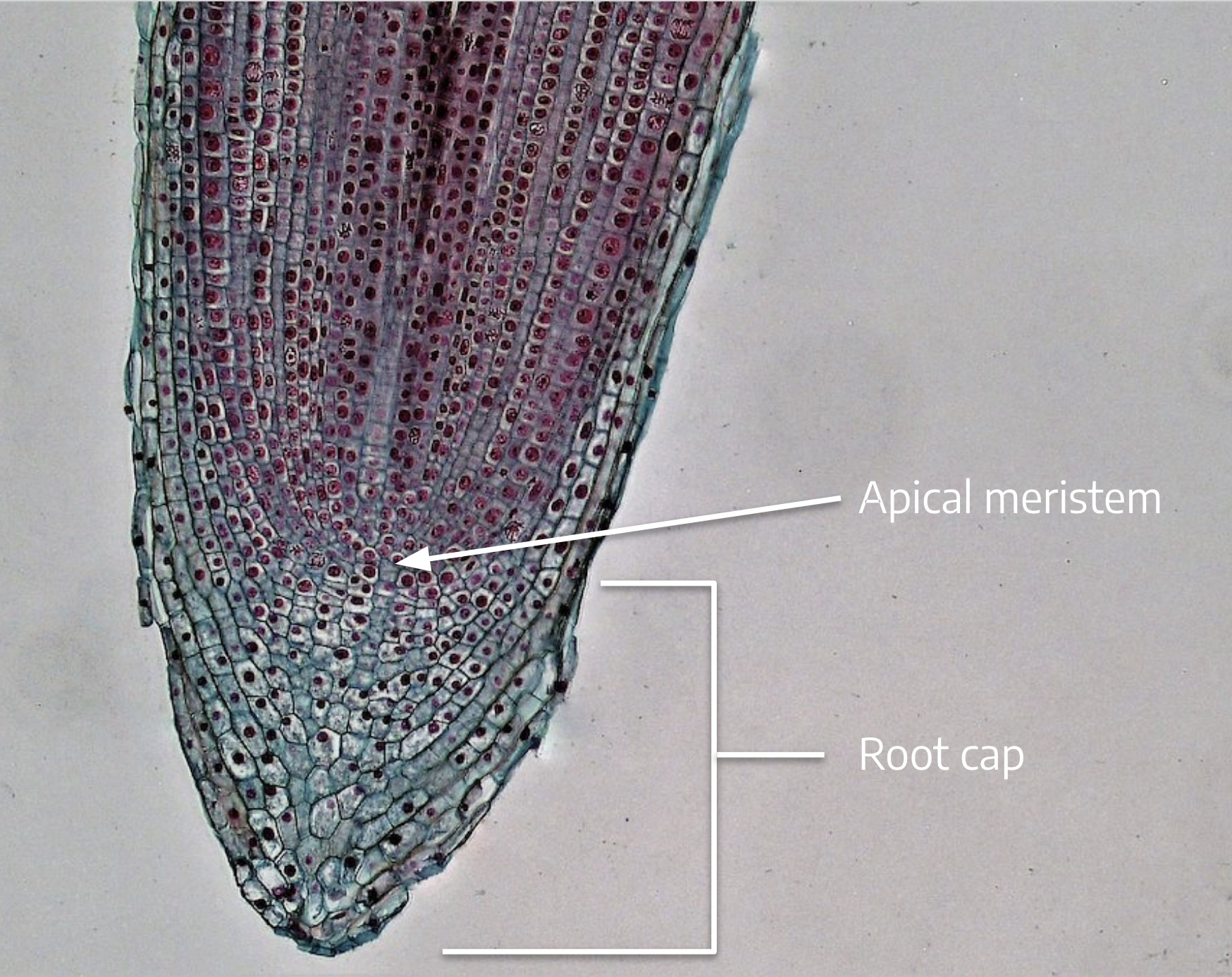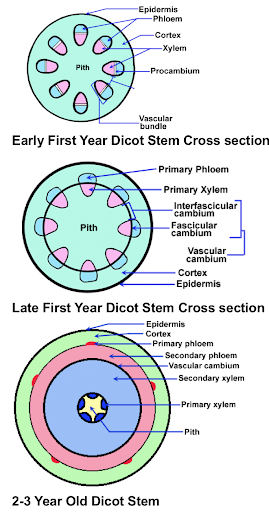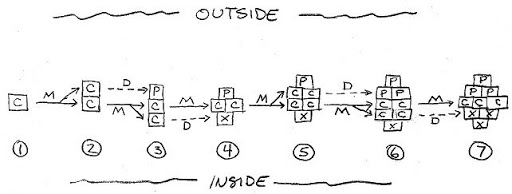acespicoli
Well-known member
credits
Meristem culture is a lab technique that involves culturing plant tissues to produce disease-free plants and propagate them quickly. It's a modern method of plant cloning that uses actively dividing plant tissues called meristems.
Here are some steps in the meristem culture process:
- Excise the meristem: Remove a small piece of the growing tip of a plant's shoot or root, which contains meristematic cells.
- Sterilize: Surface sterilize the excised piece.
- Culture: Place the meristem in a liquid or solid culture medium.
- Regenerate: Grow the meristem into a plantlet, then divide it and add plant hormones to regenerate more plants.
- Eliminating viruses and parasites: Meristems are the only plant tissues that can be free of viruses from an infected plant.
- Preserving germplasm: Meristem culture can preserve germplasm characters.

Murashige and Skoog medium - Wikipedia
Im going to thoroughly explore this topic and hopefully share some success stories with you!
Hope you enjoy the ride and find some usefulness in this thread as well

Last edited:






